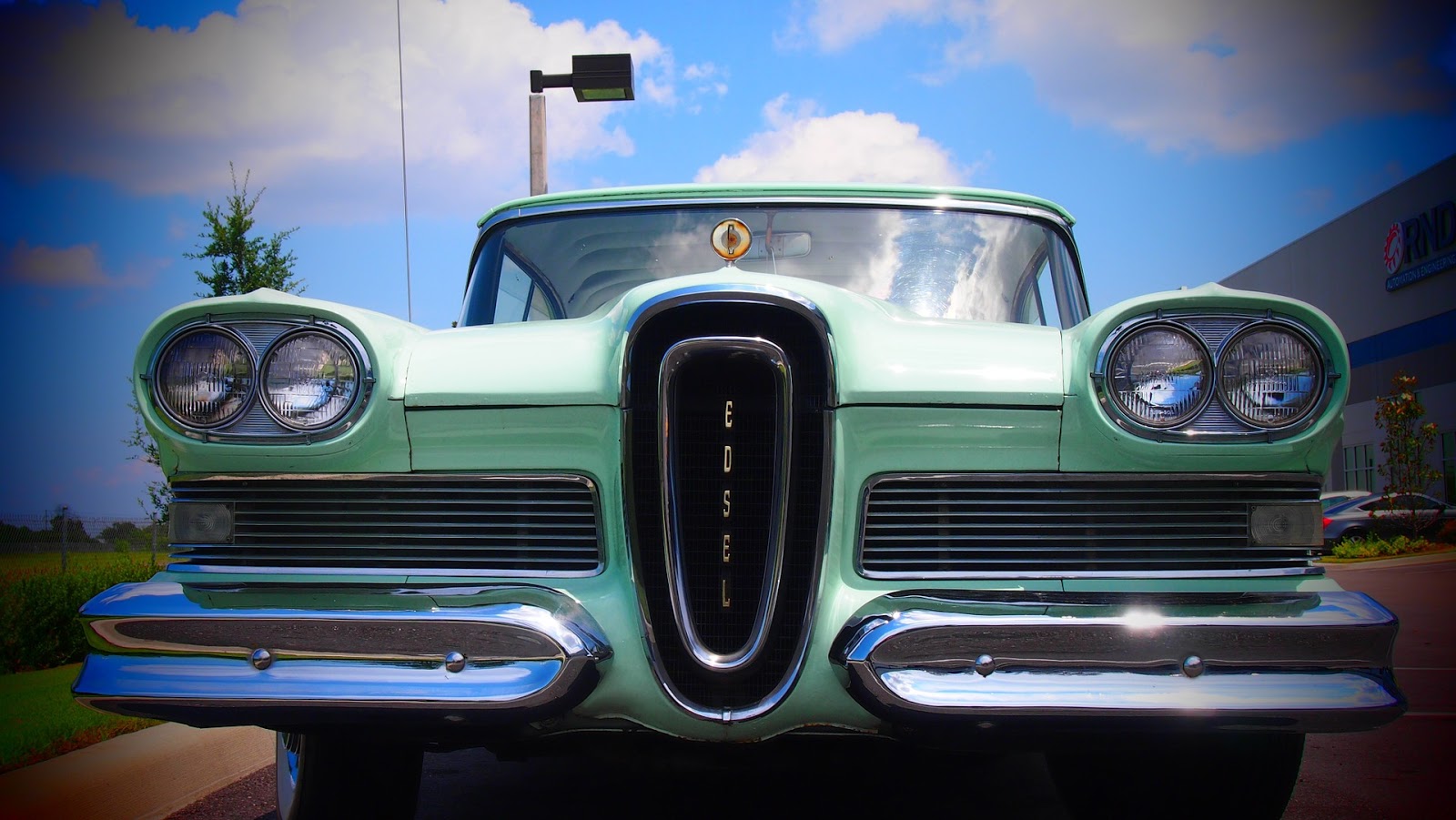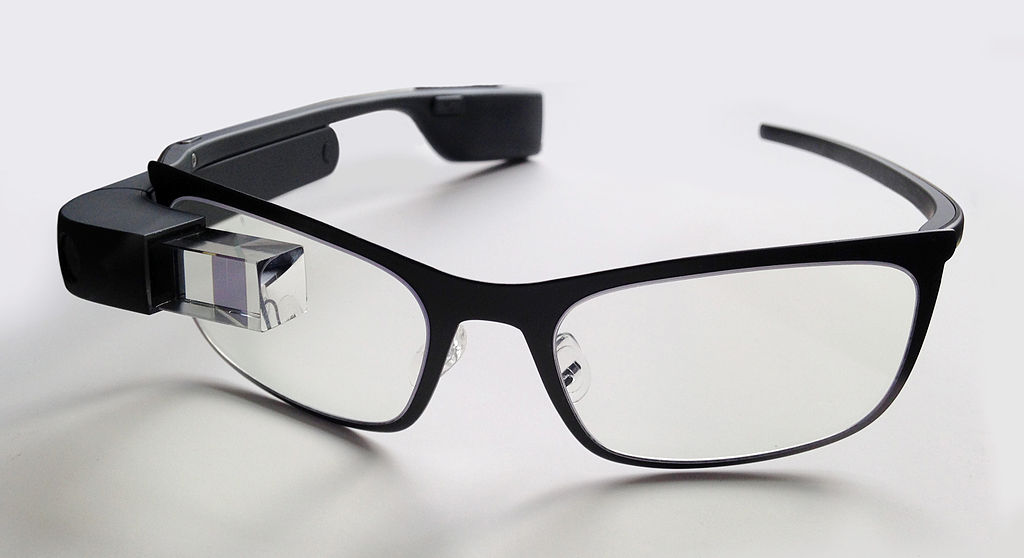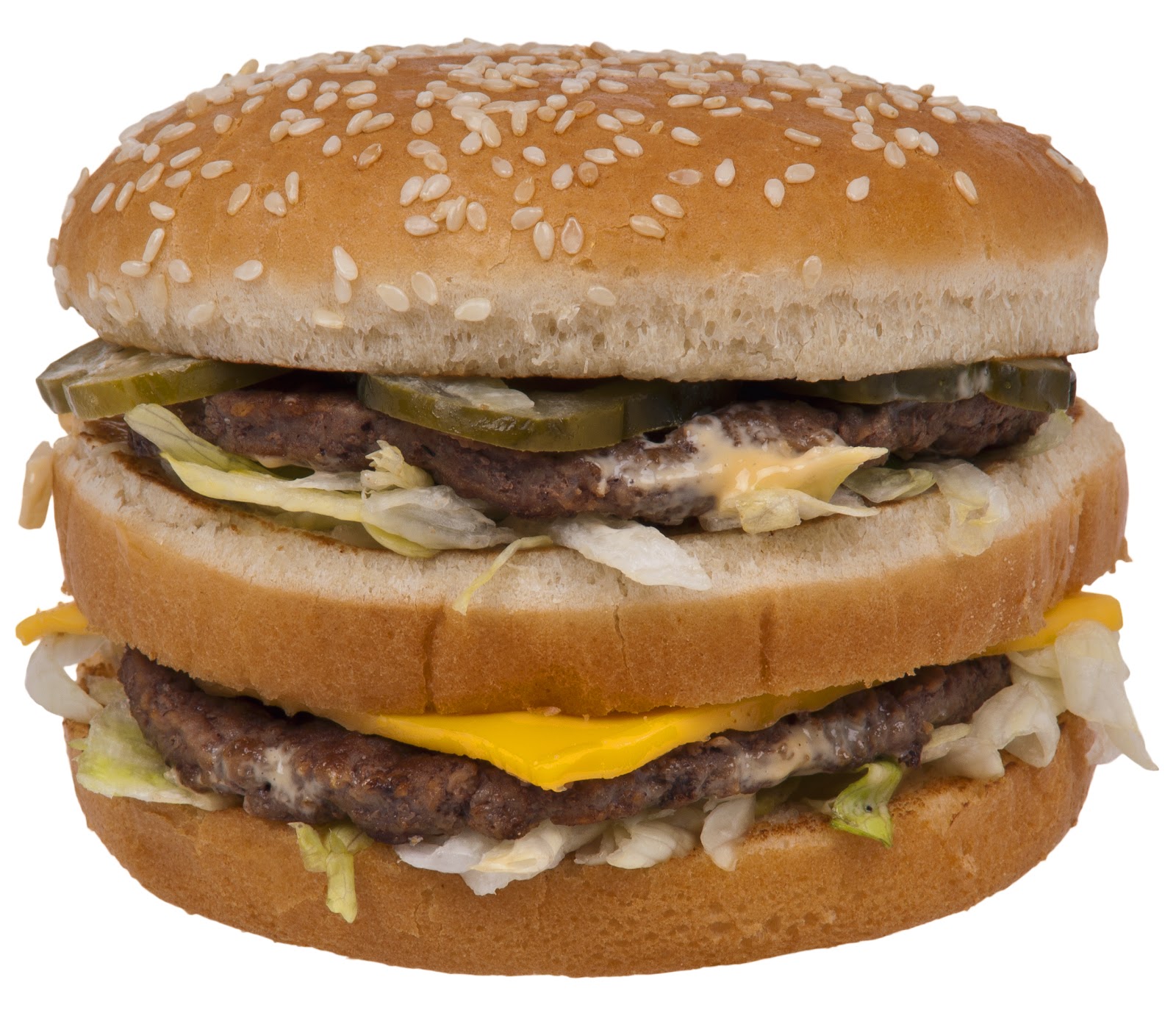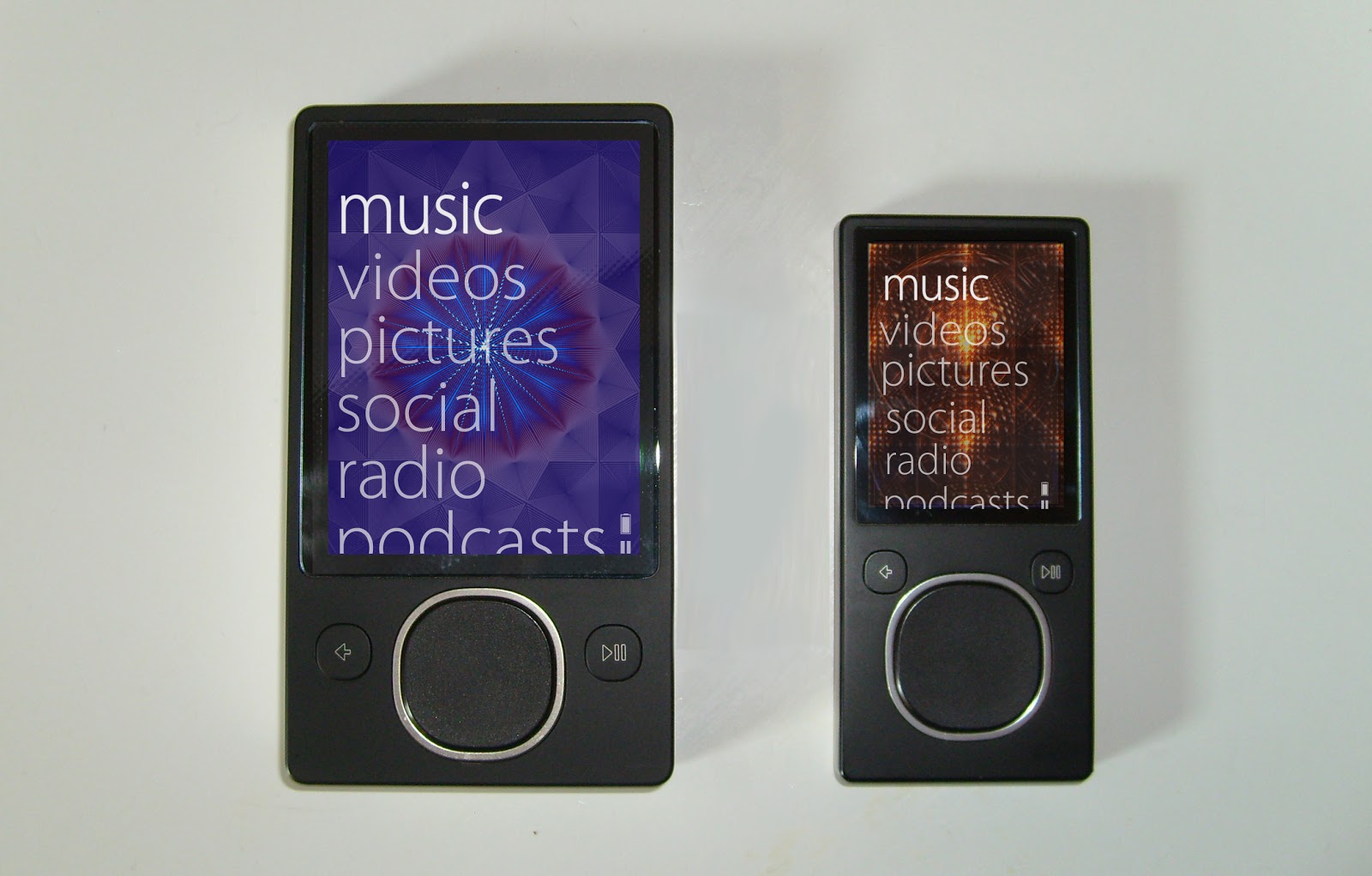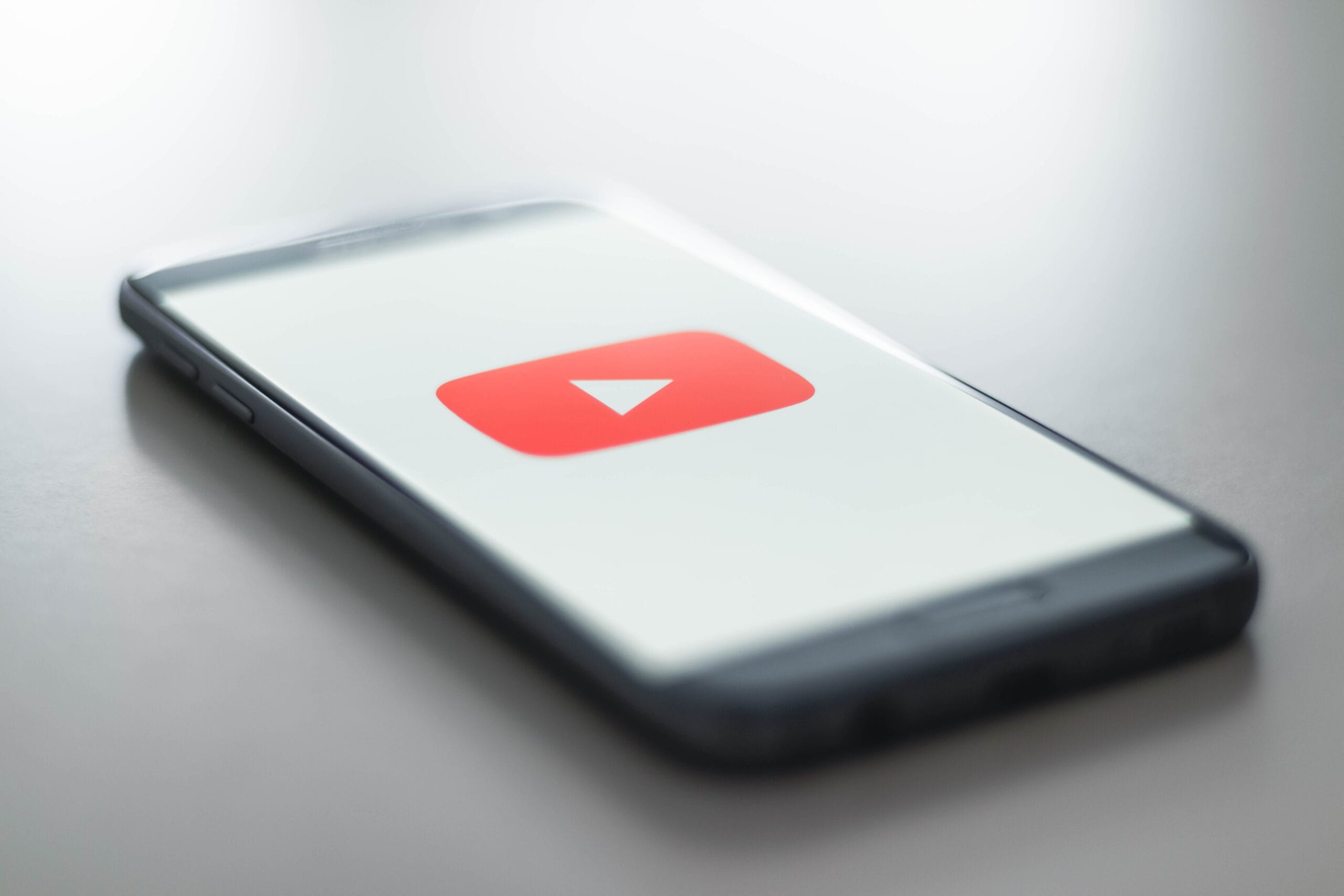
4 failed products that will teach you a lot about business
Yum, yogurt for your hair. Sounds good, right?
Clairol thought so. Back in 1979, in response to the “back to nature” movement, the company launched its Touch of Yogurt Shampoo.
Unsurprisingly, people were either grossed out or confused. Some customers even ate it by mistake and got sick — not the results Clairol was looking for.
But we can learn a lot of valuable business lessons from Clairol’s yogurt-beauty debacle, as well as other classic product failures throughout history.
Let’s walk through the failed product hall of shame.
Failed Product 1. Ford Edsel
If you search “Edsel” on Dictionary.com, you’ll see this slang definition: “Something useless; a fiasco : We have to win out. We’re not selling Edsels, you know.”
Imagine having your product name become a synonym for worthless. That’s what happened to Ford after it launched the Edsel in 1957.
At the time, Ford was afraid of losing customers to more high-end brands. So they set out to create a line of medium-priced vehicles. These were dubbed “E-cars” (for experimental), and eventually named Edsel, after founder Henry Ford’s deceased son.
To make them stand out, Ford designed the cars to be flashy instead of practical. They had vertical chrome grills just for the sake of it. And with all their new features, they kept growing in size until they were just plain clunky and ugly. To complete the line, Ford brought 18 variations of this car to the market.
After months of hype, Ford finally unveiled the new line on “E-day.” Nearly three million people flocked to the showrooms, but only 64,000 sold within the year. People had been promised a revolutionary new ride. What they got was a flop.
As Bill Gates wrote on his blog: “It certainly didn’t help that the first Edsels ‘were delivered with oil leaks, sticking hoods, trunks that wouldn’t open, and push buttons that … couldn’t be budged with a hammer.’”
Ford finally killed the Edsel in 1959 and lost almost $2 billion.
The takeaway: Create products for your customers, not yourself
Passion is great. And you shouldn’t pursue a new idea if you’re not excited about it. But remember that you’re selling products to your customers, not yourself. If your customers aren’t excited, no amount of passion on your end will save you.
In fact, this is the first of the top three mistakes new business owners make:
- They assumed everyone is like them. (“Edsel is a name that’s personal to this company, so everyone will get how important and profound it is.”)
- They tried to make a one-size-fits-all product that appeals to everyone. (“Just keep adding new features for each demographic until this car is huge!”)
- They saw nobody else had their idea and thought that was a good thing. (“No one’s done vertical grills before. That means this is amazing!” Actually, no one’s done vertical grills because it looks weird.)
Failed Product 2. Google Glass
In 2012, Google unveiled Glass: the company’s first public attempt at wearable technology. The head-mounted computer looked like it was straight out of a sci-fi movie. Then the bad news started rolling in.
The software was buggy. It raised health and safety concerns because people could record private conversations and use the device while driving. And outside taking pictures, there weren’t many practical uses for it.
But the worse offense was that Google didn’t position Glass correctly. When it launched, it was just a prototype, not a polished product.
“The thing that we did not do well, that was closer to a failure, was that we allowed and sometimes even encouraged too much attention for the program,” Astro Teller, director of the Google X research lab, told The Verge. “We did things which encouraged people to think of this as a finished product.”
Those “things” included running the Explorer Program. For a steep $1,500 a pop, Google released Glass to select tech enthusiasts and journalists. But since the product wasn’t ready for the masses, those influencers tore it apart. They published articles like “The Verdict Is In: Nobody Likes Google Glass” and even started the term “Glassholes.” Ouch.
In January 2015, Google stopped selling Glass and ended its Explorer Program.
The takeaway: Test the market first — and do it privately
If Google tested Glass privately — instead of with influencers — it could’ve had a much smoother product launch. And the company could’ve gathered feedback, gone back to the lab, and reworked the tech for a public release.
So, before you launch your product, do your research with small test groups. Here’s how entrepreneur Nagina Abdullah tested her business idea for Spice Yourself Skinny (and made $22,000):
- She checked her past blog posts for comments and reactions. It turns out, her piece about spices had gone viral with 12,000 shares. That’s when she found the new angle for her weight-loss course.
- She used social media to get feedback about her idea. When people said they were interested, she started conversations and asked them why.
- She hosted a webinar to reach a wider audience. People immediately started taking her advice and posting their results.
If you conduct this research before your product launch, you’ll avoid the headache, money loss, and maybe even embarrassment — something Google learned the hard way.
Failed Product 3. McDonald’s Arch Deluxe
In 1996, McDonald’s tried to reach adults with an upscale line of sandwiches. They started with the Arch Deluxe, which was billed as “the burger with a grown-up taste.” It wasn’t that different from a Big Mac, but it cost almost a dollar more.
Early market research showed that consumers were interested in the product. Once it was released, however, buyers didn’t bite. People didn’t go to McDonald’s for sophisticated menu items. They went for fast food.
McDonald’s lost an estimated $100 million advertising the product.
Who are your customers, and what do they want?
The product developers at McDonald’s failed to answer these questions. If they had answered them, they would’ve realized that people don’t go to McDonald’s for a fancy meal. They go because they want something easy and cheap. And trying to change that would just be a waste of money.
You can avoid similar pitfalls by thoroughly researching your audience and anticipating what they’re willing to pay for.
Here are three easy ways to do that (pulled from IWT’s Ultimate Guide to Digital Marketing):
- Start a list of every time someone in your market mentions a pain point or obstacle.
- Use a variety of sources, such as Google searches, Amazon reviews, Reddit Q&As, email surveys, and one-on-one conversations.
- Stay agile. Say you offer a course that teaches people how to declutter their homes. You probably anticipate hearing complaints about having too much stuff. But you might not anticipate people’s needs to downsize and redecorate on a budget. Document these points. They show that there’s a gap your business might be able to fill.
Failed Product 4. Microsoft Zune
Five years after the first iPod hit the shelves, Microsoft released its own mp3 player, Zune. But Apple had already cornered the market and sold over 100 million iPods. Their products and ads were too cool to beat.
Microsoft spent $9 million on advertising for Zune and only sold one million players in its first year. As a result, the company lost $1.3 billion.
As Slate’s Farhad Manjoo wrote, “[Zune is] the tech industry’s Edsel.”
“Microsoft’s player is just as good as an iPod,” he added. “It performed all of that device’s main functions pretty well. But there’s no way in which it’s better than an iPod. And that’s why it was doomed.”
After years of attempts to make these products relevant, Microsoft finally stopped manufacturing Zune devices in 2011.
The takeaway: Don’t just copy competitors
If your competitors are successful, that’s good news for you. It means there’s demand in your industry. But you can’t just copy what they’re doing and slap your company’s name on it.
You have to find a way to create a new product that customers will truly desire. Conduct your own research and figure out your competitors’ gaps.
Say you’re offering courses on building a better diet. Your main competitor might have a background in fitness. But you have a background in fitness and nutrition. Play up the latter point to your advantage.
Remember that customers aren’t just buying your product. They’re buying into the idea that your offering can solve a problem. You have to tell them why your product is the best solution for this problem — and why it’s different from competitors.
Be better than Google, Microsoft, and Ford
Failure is a part of life and business — especially when you’re just starting. But you can still learn from others’ mistakes.
As these product failures prove, it’s easy to get excited by a new product idea. But that doesn’t mean you can ignore the fundamentals. To launch a profitable product, you have to test the market, understand your audience, and create something that people are willing to pay for — not just something you think is cool.
Otherwise, you could end up as your industry’s Edsel.
Written by Ramit Sethi
Host of Netflix’s “How To Get Rich” NYT Bestselling Author, & Host of the I Will Teach You To Be Rich Podcast. I’ll show you how to take control of your money with my proven strategies so you can live your RICH LIFE.
